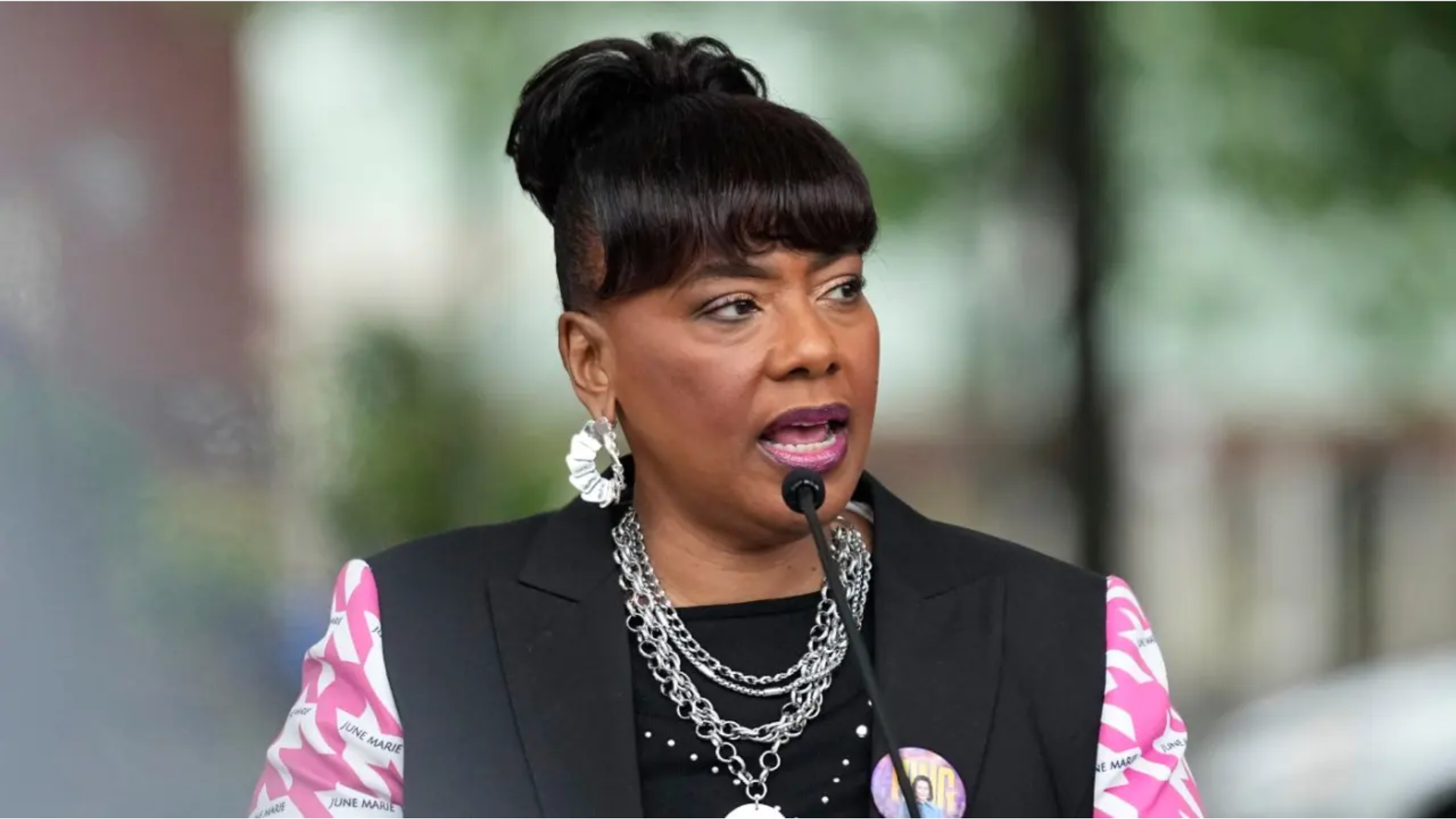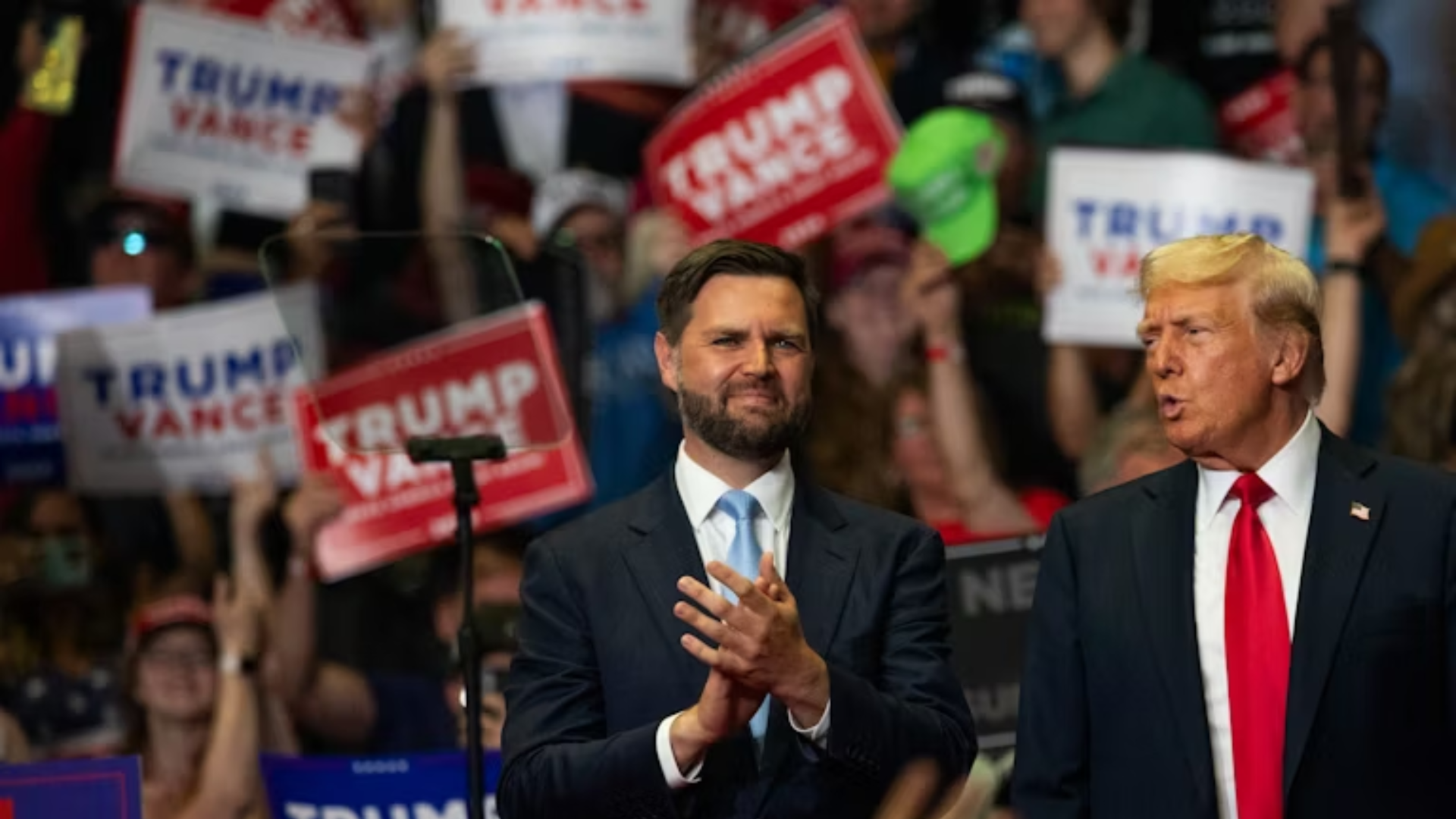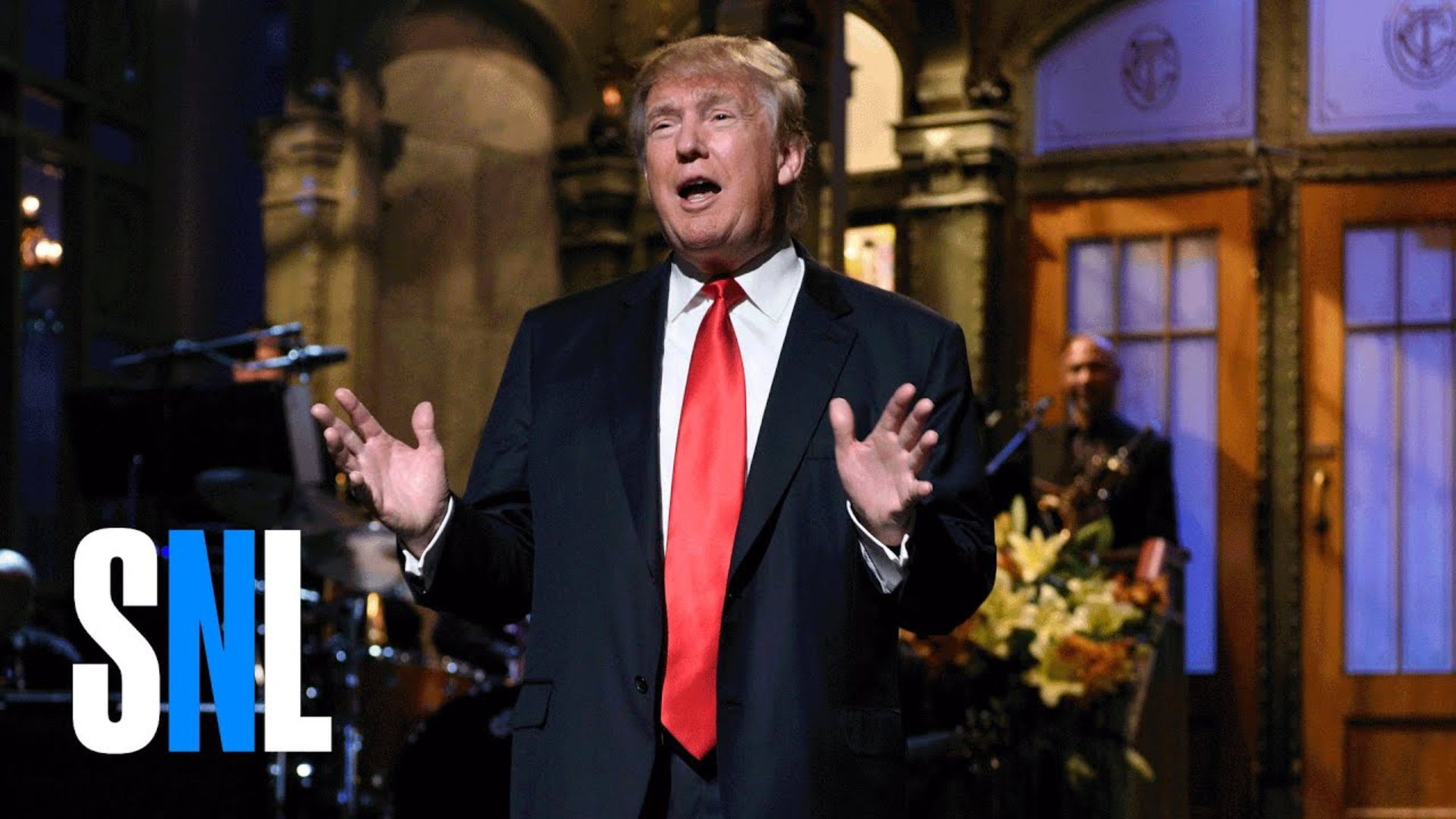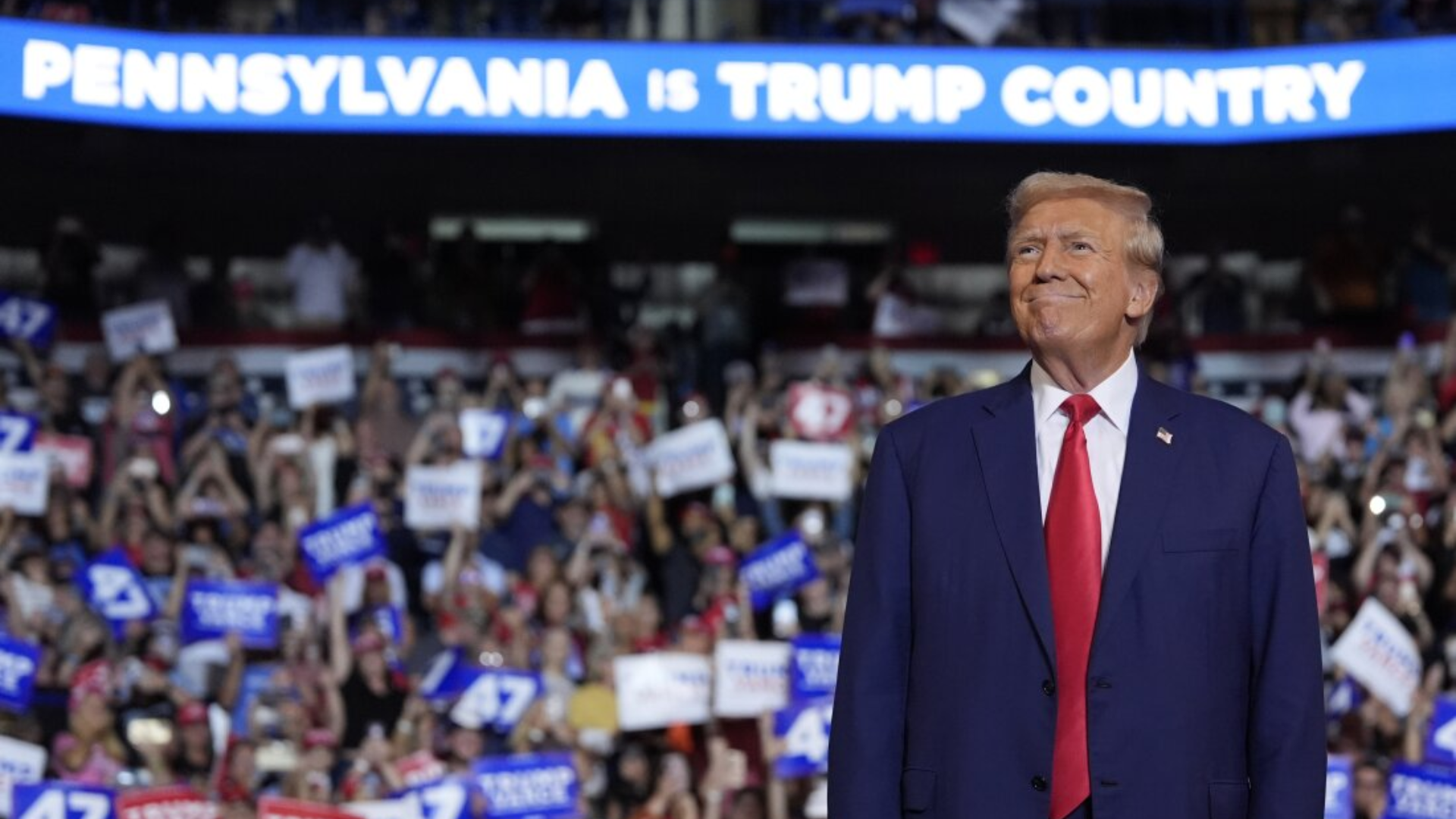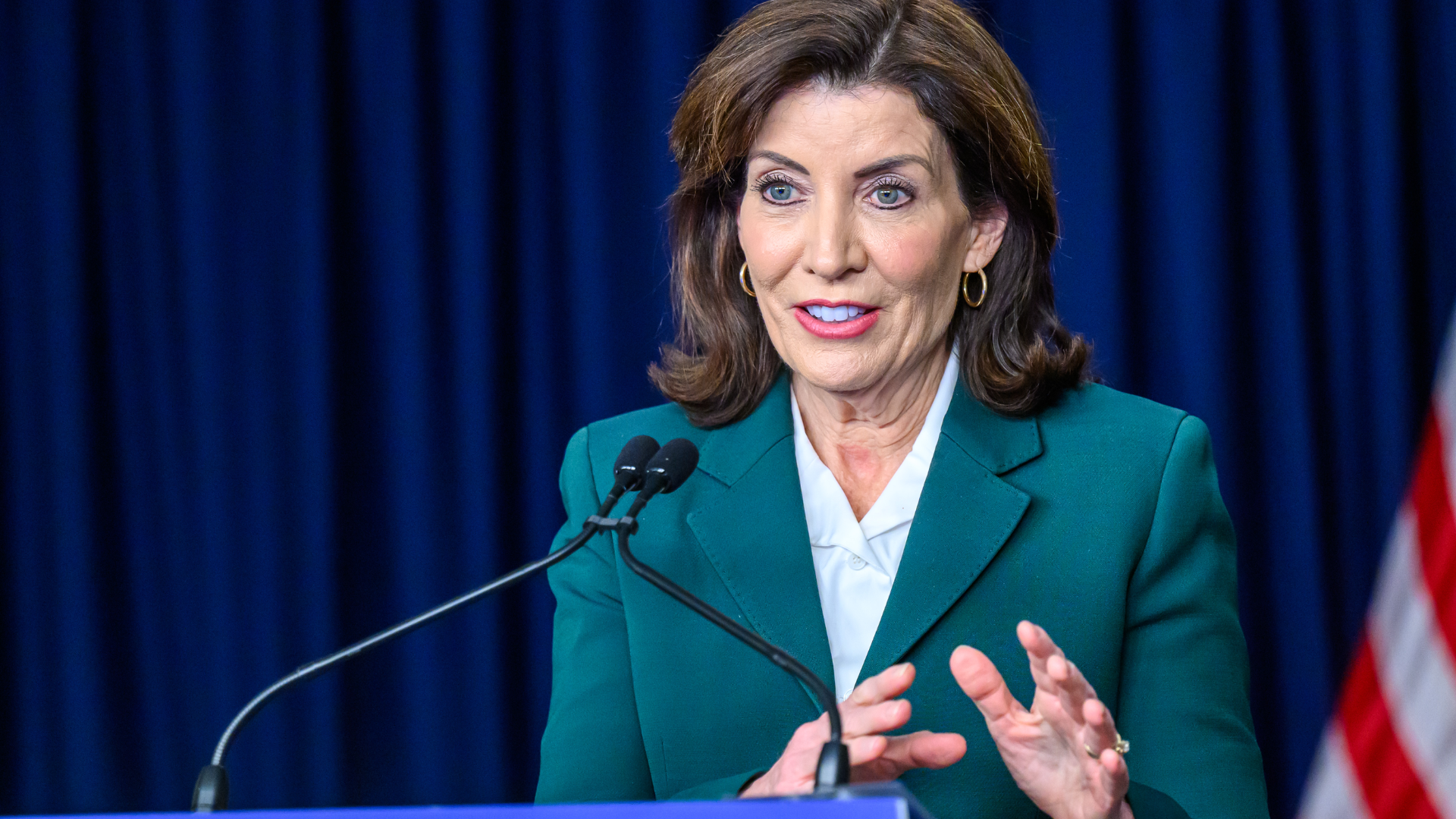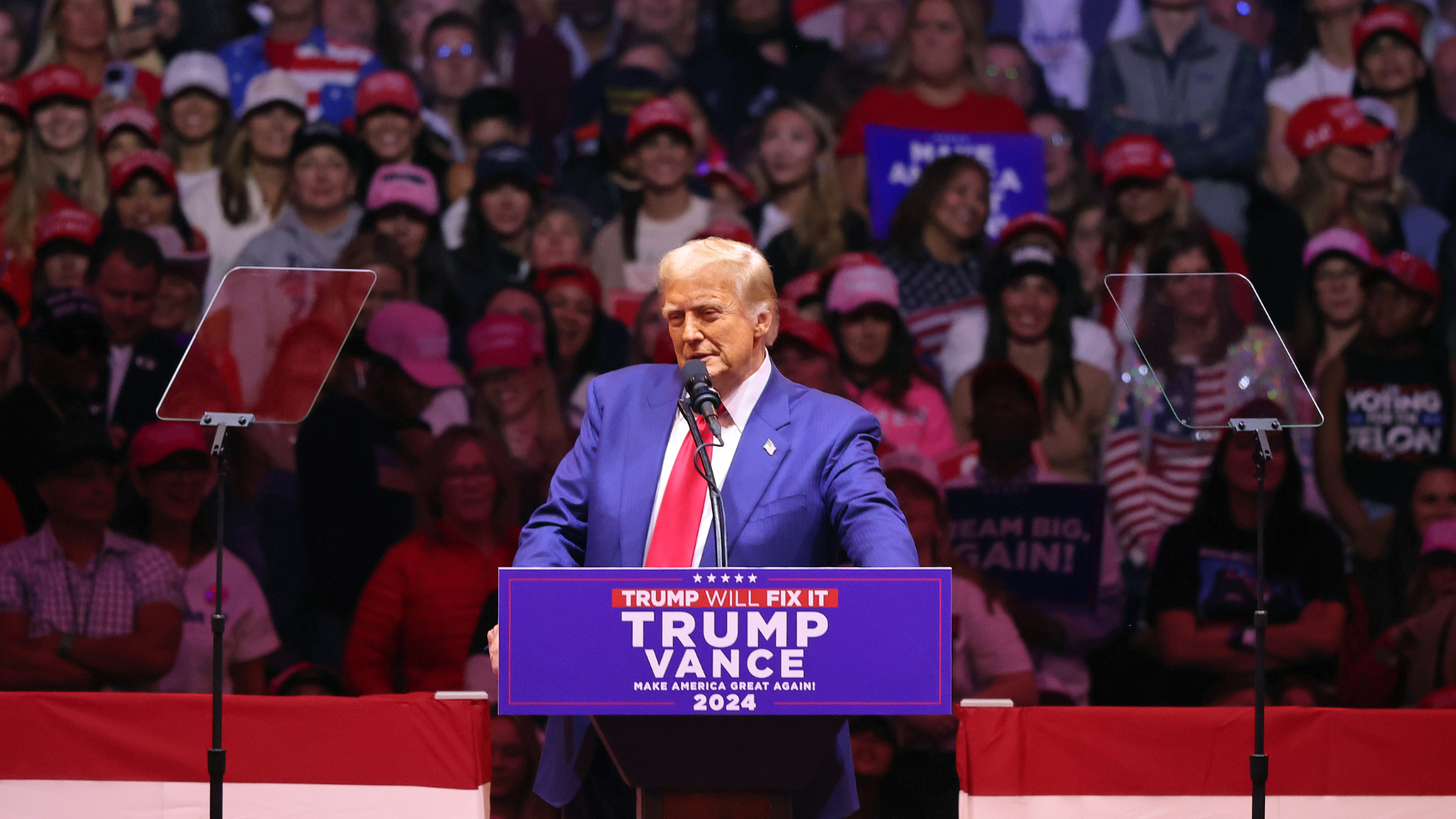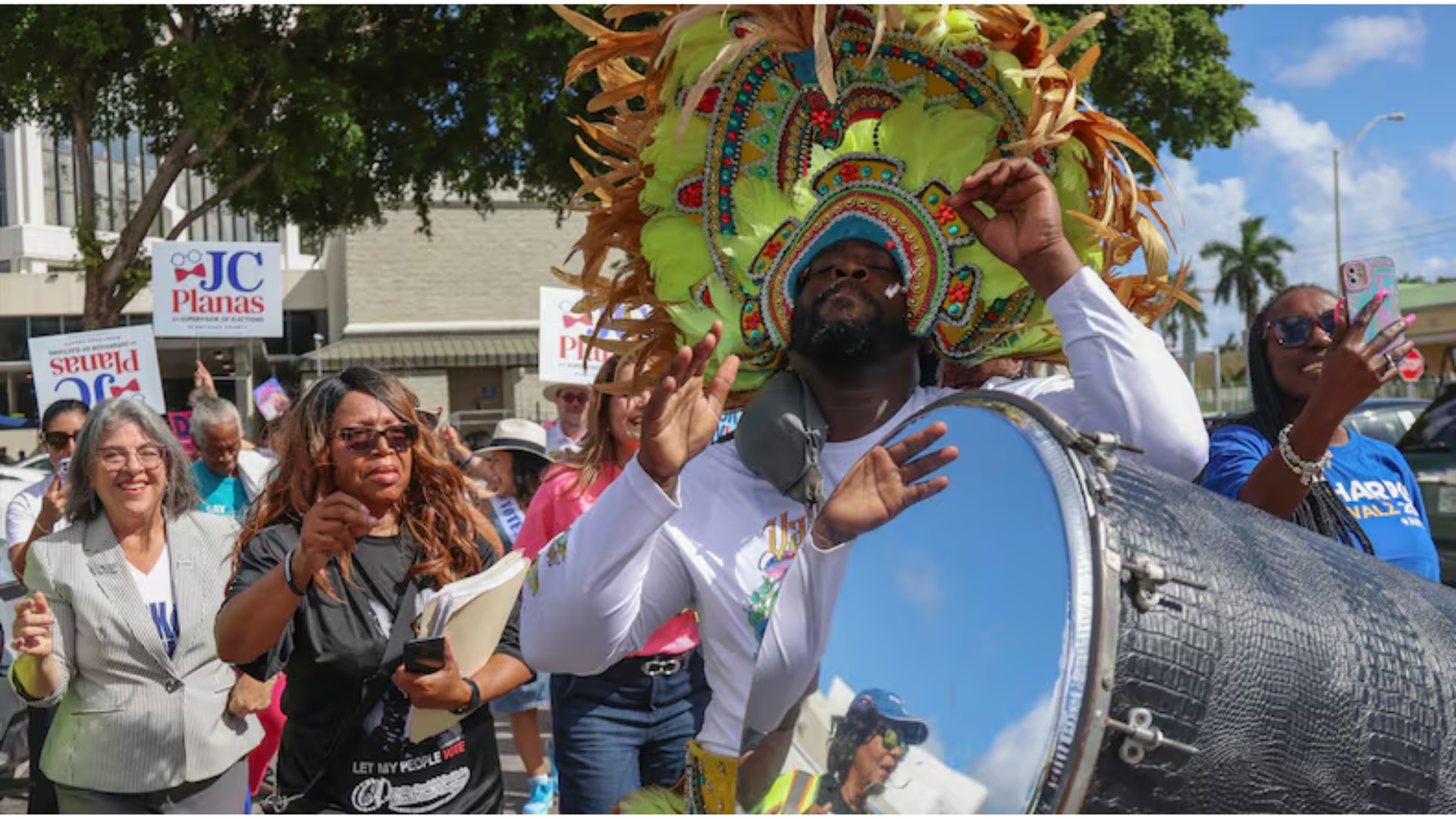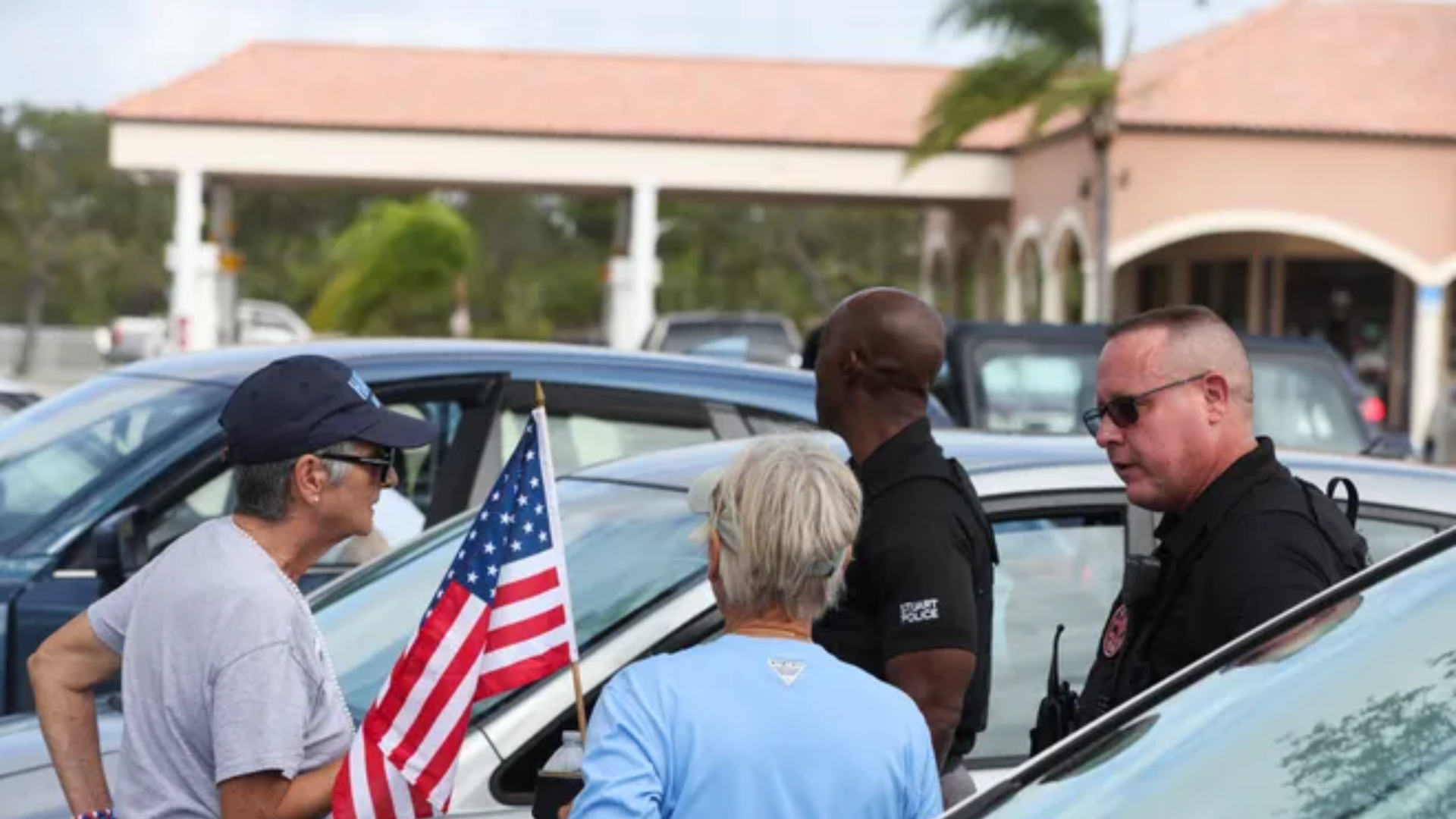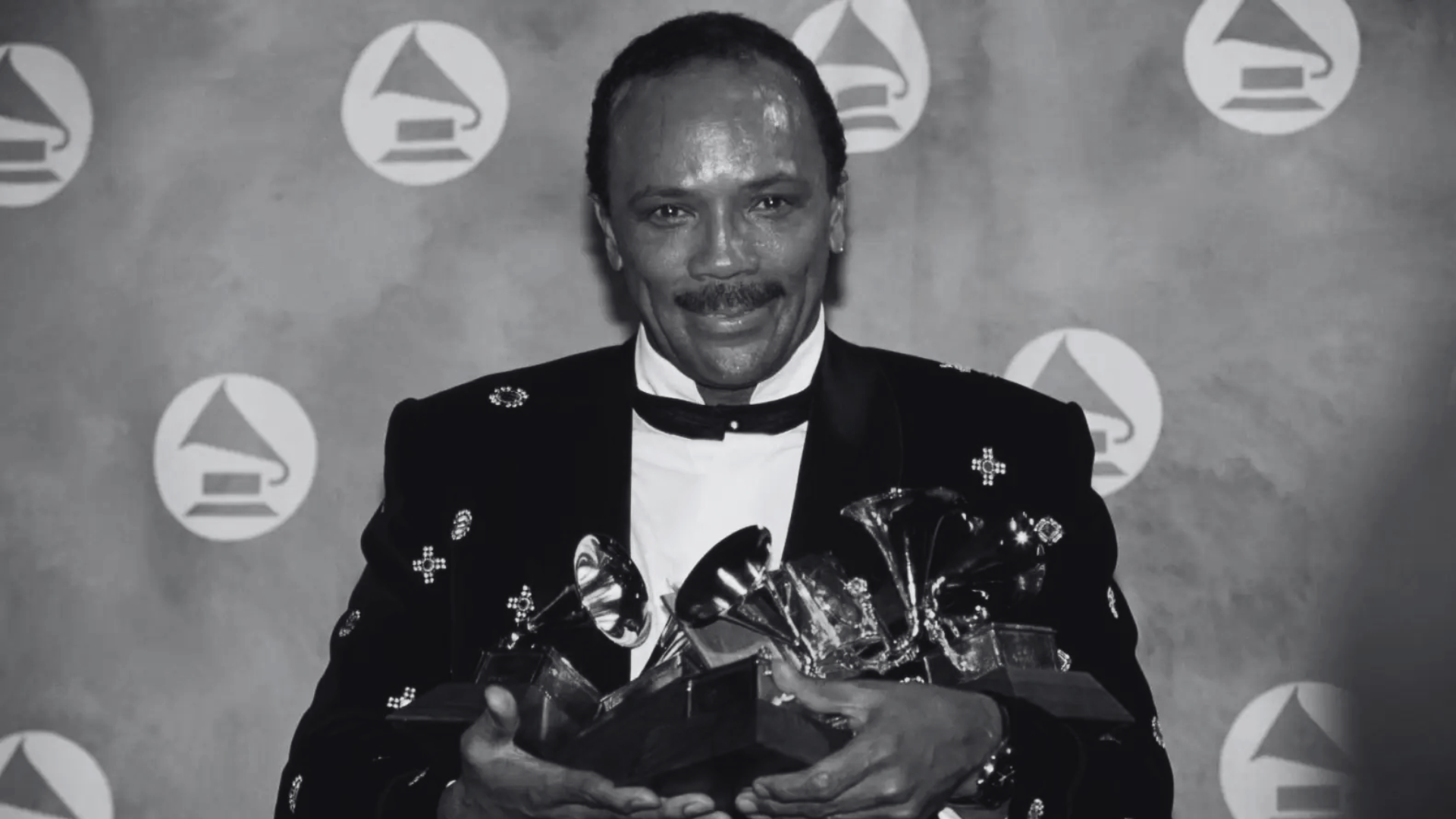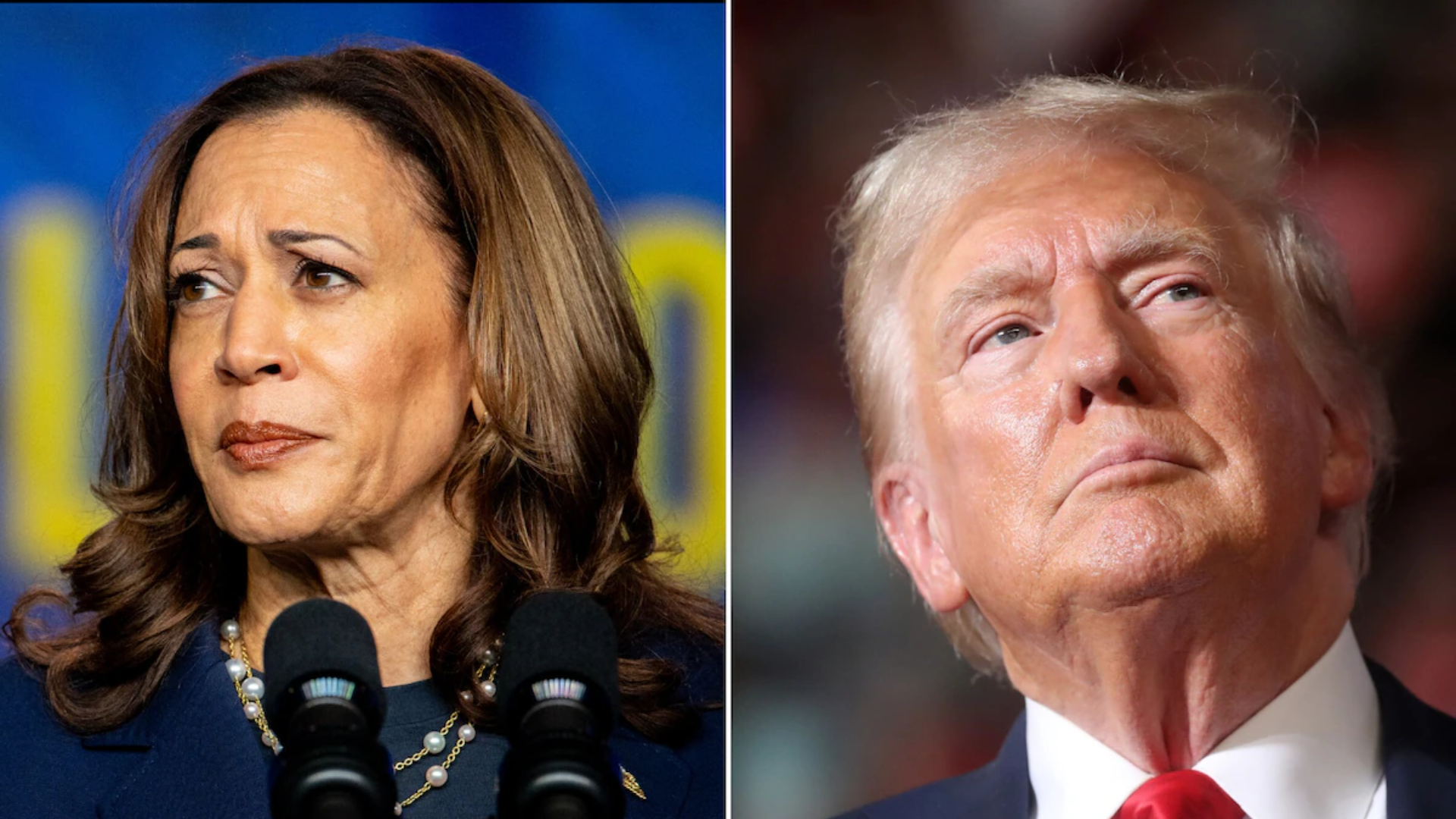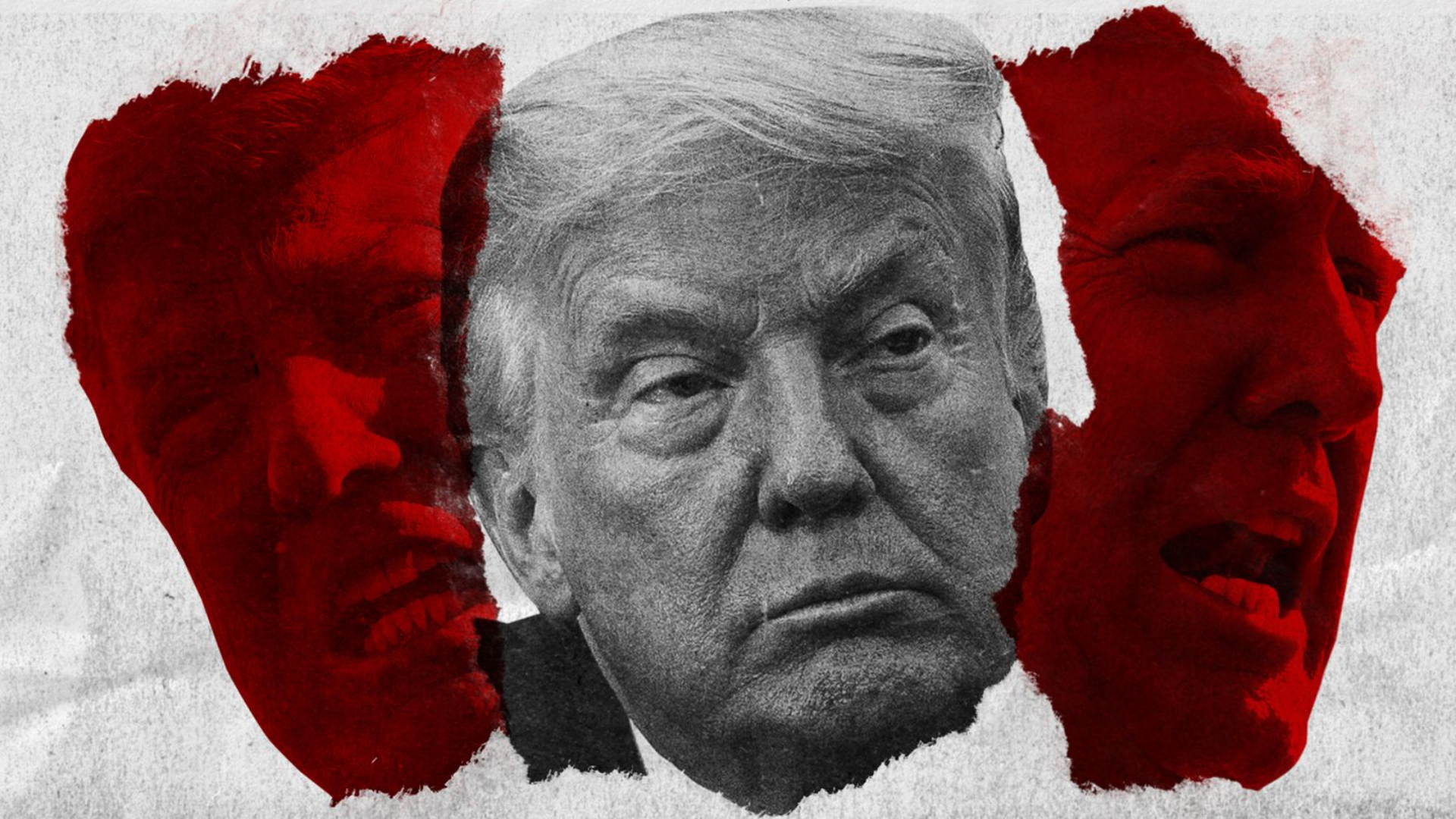
On the campaign trail, former President Donald Trump and Vice President Kamala Harris have presented starkly different views on violent crime.
Trump claims violent crime has “skyrocketed” since 2020, while Harris counters that it’s at a “near 50-year low.” Their assertions are based on different sets of federal crime data, each with its own perspective on crime trends.
Trump relies on the National Crime Victimization Survey (NCVS) by the Justice Department, which estimates crime rates based on a sample of people reporting personal experiences with crime. According to the NCVS, violent crime in 2023 is approximately 37% higher than in 2020, with offenses like rape, robbery, and aggravated assault included, but not homicide.
This increase is what Trump refers to when he states that violent crime is up nearly 40%. Crime analysts note that the NCVS is valuable because it can capture unreported crimes, but its figures have a margin of error, which can affect accuracy.
On the other hand, Harris references data from the FBI’s Uniform Crime Report, which tracks crimes reported to law enforcement. According to this data, violent crime in 2023 is about 6% lower than in 2020.
This decline supports Harris’s claim that violent crime is near a 50-year low. Crime data expert Jeff Asher explains that FBI data shows violent crime rates are slightly higher than those of 2014 and 2021, which were some of the lowest since 1970. However, Asher notes that he prefers to state “reported violent crime is at or near a 50-year low” for accuracy, as not all crimes are reported.
Both crime measurement systems offer insights but reflect different aspects of violent crime. The FBI’s data, with contributions from over 16,000 law enforcement agencies, is generally considered more reliable for long-term trends, as it captures official reports across a broad spectrum of departments.
However, it is still limited by voluntary reporting and may not account for all crimes.
Research supports Harris’s position, with the Major Cities Chiefs Association reporting a 9.1% drop in murders across 70 large U.S. cities from 2020 to 2023. AH Datalytics also found a general decline in violent crime from 2020 to 2024.
These findings suggest that while violent crime rose in 2020, it has been on a downward trend since. FBI data further reveals that violent crime rates decreased during Trump’s first three years in office but spiked in 2020.
Experts are still examining the causes of the 2020 surge, with many pointing to the COVID-19 pandemic as a key factor. The pandemic led to widespread economic and social disruptions, increased gun sales, and major protests following the killing of George Floyd.
According to sociologist Jillian Turanovic from the University of Colorado Boulder, using 2020 as a comparison point is misleading, given the unusual circumstances of that year. While some crimes like robbery decreased during lockdowns, homicides and other violent crimes increased. Turanovic emphasizes the importance of considering longer timeframes when evaluating crime trends.
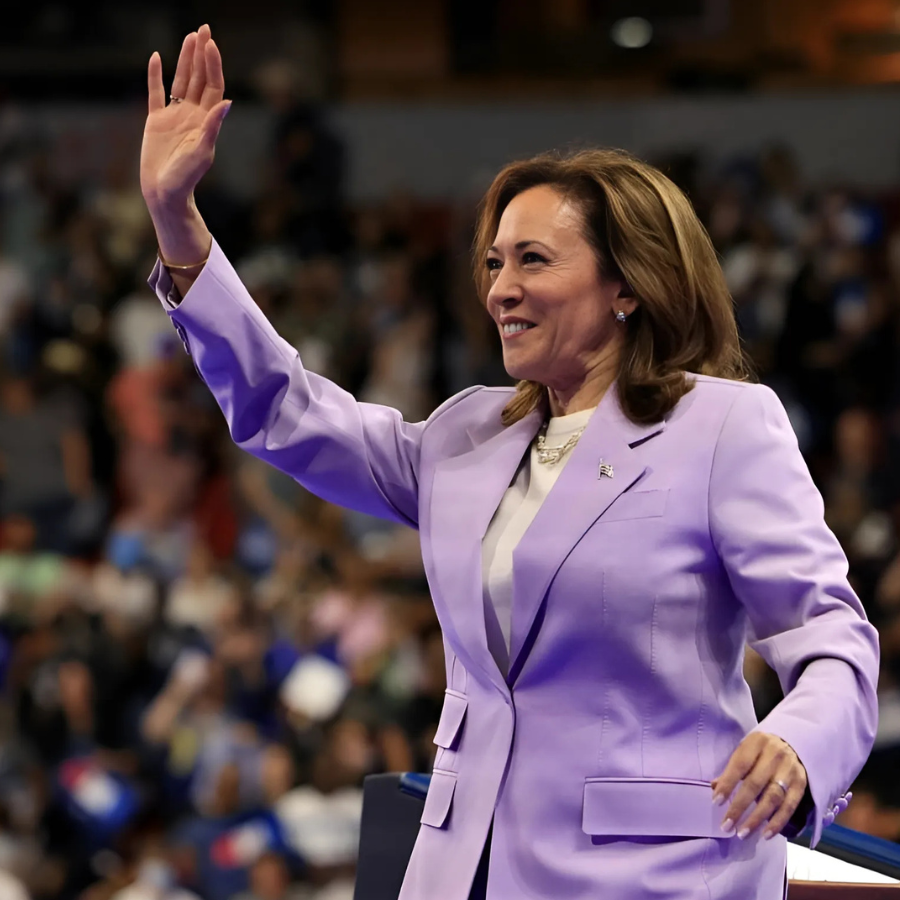
Despite differing methodologies, both the NCVS and FBI data agree on some general trends. Both sources show that violent crime today is substantially lower than it was in the 1990s.
Turanovic notes that while there was a spike in 2020, recent data indicates that violent crime rates have since stabilized, aligning closely with trends from the past decade. “There is no evidence that violent crime rates are ‘soaring,’” she concludes, suggesting that both candidates may be selectively interpreting data to fit their narratives.
In summary, Trump and Harris highlight different statistics to make contrasting points about violent crime. Trump’s claim of rising crime aligns with the NCVS data on crime victimization, while Harris’s focus on reported crime trends is supported by FBI data.
Experts advise considering both sets of data within a broader context, acknowledging the unique impact of the pandemic and the limitations of each data source.
The debate underscores the complexity of interpreting crime statistics, especially in a politically charged environment where each candidate seeks to underscore their stance on public safety.

